Los Jardineros
Garden Club 0f Taos
Kitchen Gardens- Growing of Herbs & their Uses
BY HEIDI SMITH
With unexpected time on hands this Spring, it presents an opportunity for projects.
How about starting an Herb Garden? If you have one already, add a new herb, or replace some tired species with new plants?
Kitchen Gardens was the theme of my presentation at the Los Jardineros April 2020 meeting. The following is the condensed version of the presentation. I’m offering Kitchen Gardens-Growing of Herbs & Their Uses right here.
I hope to inspire you to start, enhance or revamp an Herb Garden. A slide show featuring small and large gardens is below and will be a visual for you to enjoy and contemplate. How to grow and use herbs follows. A few recipes showing off herbs are part of this presentation as well.
If you have any questions whatsoever, feel free to send an email to: smithheidim@gmail.com
The use of herbs dates back to prehistoric times. At first, herbs were collected strictly for medicinal purposes. The use of herbs and spices with antimicrobial activity in cooking started at about the same time. Is is part of an ancient response to the threat of food-borne pathogens.
The value of herbs for medicinal purposes declined with the discovery of modern medicine.
Today, the presence of herbs in gardens, and their use in cooking, is ever growing. I’ll focus on growing and using fresh herbs. For medicinal use details and information, I refer people to the Taos Herb Shop and Rob Hawley, the herb expert.
I have used fresh herbs for as long as I can remember. However, my youth was spent in a big city apartment, where my only gardening consisted of watering my mother’s Geraniums in the window box. Growing herbs myself didn’t start until the 1960’s.
My husband and I, had just moved into a small rental house on a busy road in Central Vermont. A day later a friend stopped by, handed me a carboard box and said, “Here, you’ll need these.” What I found where rooted cuttings from her herb garden. At that time, fresh herbs were a rarity, especially in rural Vermont. My friend Jackie pointed to a small L-shaped area next to the front door, ‘They will do just fine right there.’ And they did.
When we moved to a larger home, the herb plants moved with us. A couple of years later we bought a house on a remote country road. I dug up the established herb plants again and my first projects was finding the ideal spot for ‘my’ herbs and established a Kitchen Garden.
Now I usually say, ‘Rosemary, sage and thyme started it all.’ More herb varieties were added. I found how simple it is to grow herbs and enjoyed using them in abundance.
If you do not count weeding and watering, herbs are trouble and maintenance free once the plants are established. They thrive in any soil conditions. Herb gardens can be tiny, large and formal, herbs mixed with the vegetables, or consists of a many different sized containers.
This slide show highlights the endless variety of Herb Gardens.
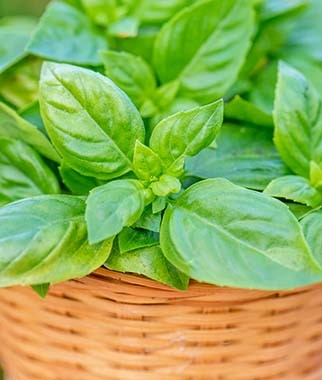
 Basil
Basil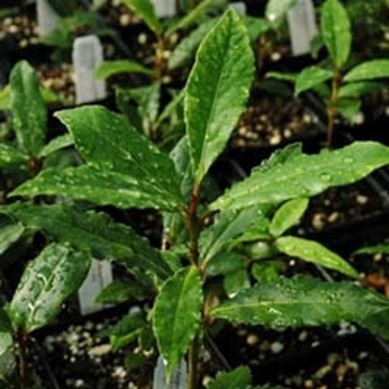 Bay Leaf
Bay Leaf Borage
Borage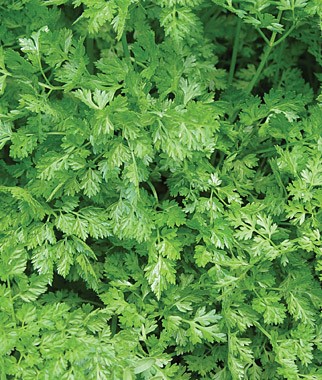 Chervil
Chervil Chives
Chives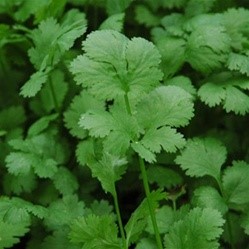 Cilantro
Cilantro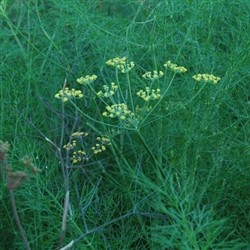 Dill
Dill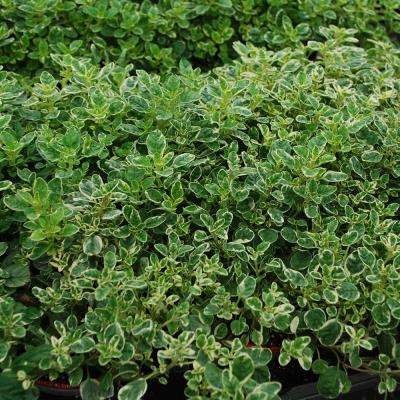 Marjoram
Marjoram Mint
Mint Oregano
Oregano Parsley
Parsley Rosemary
Rosemary Sage
Sage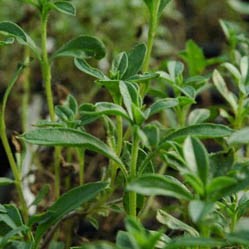 Savory
Savory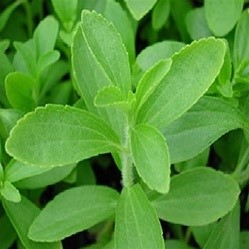 Stevia
Stevia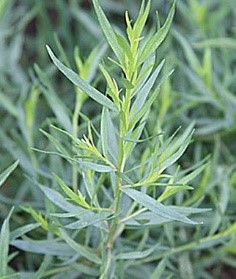 Tarragon
Tarragon Thyme
Thyme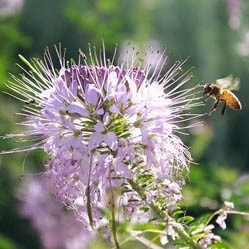 Bee Balm
Bee Balm Fennel
Fennel  Garlic
Garlic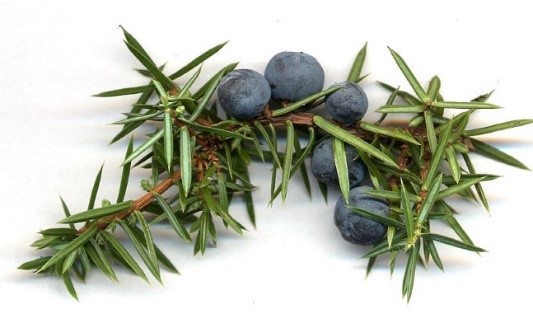 Juniper
Juniper Lavender
Lavender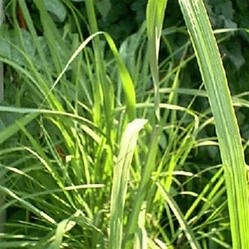 Lemongrass
Lemongrass